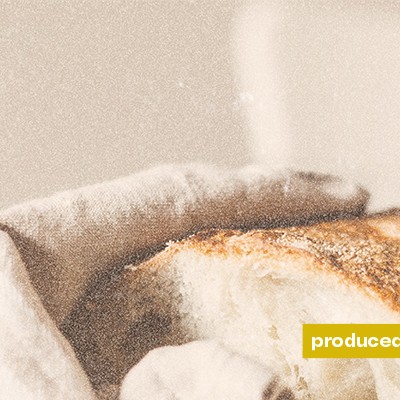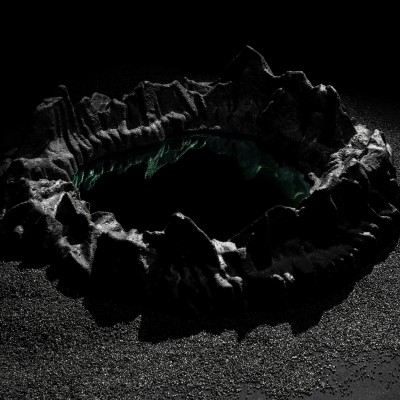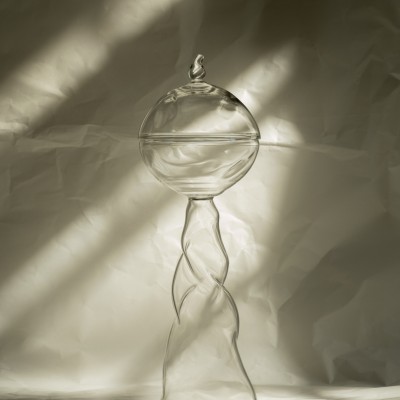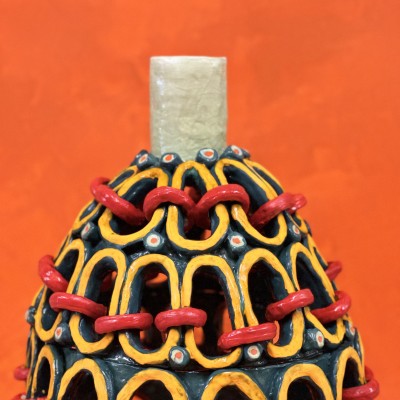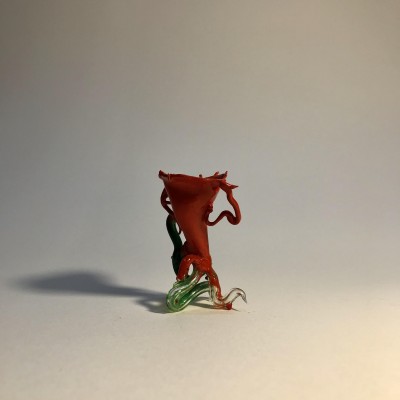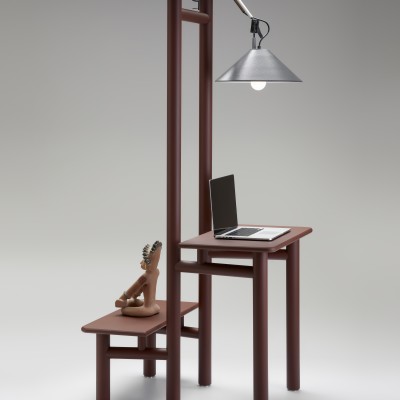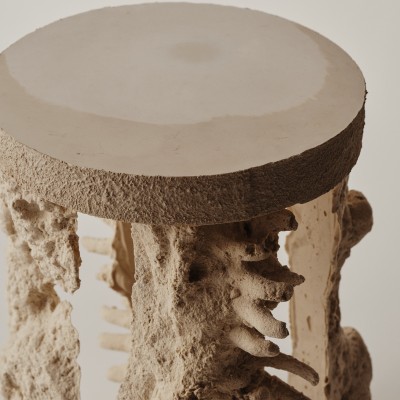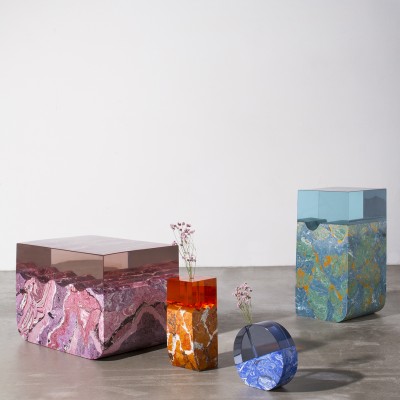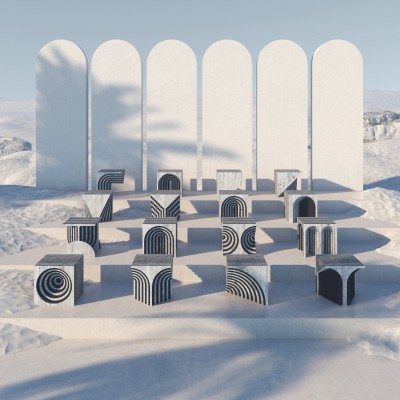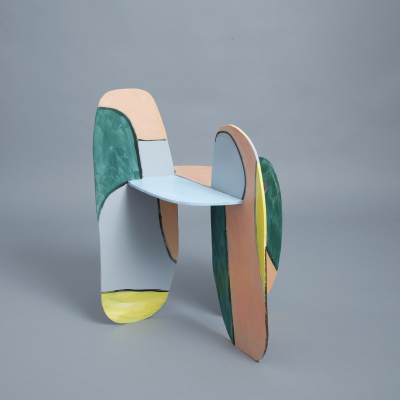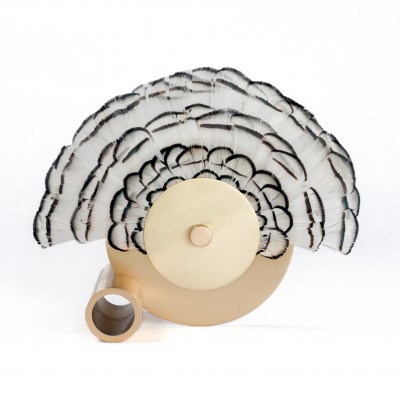Mariette Groen - Catto Design Studio
a project by Catto Design Studio
category collectible design town Brooklyn, NYC
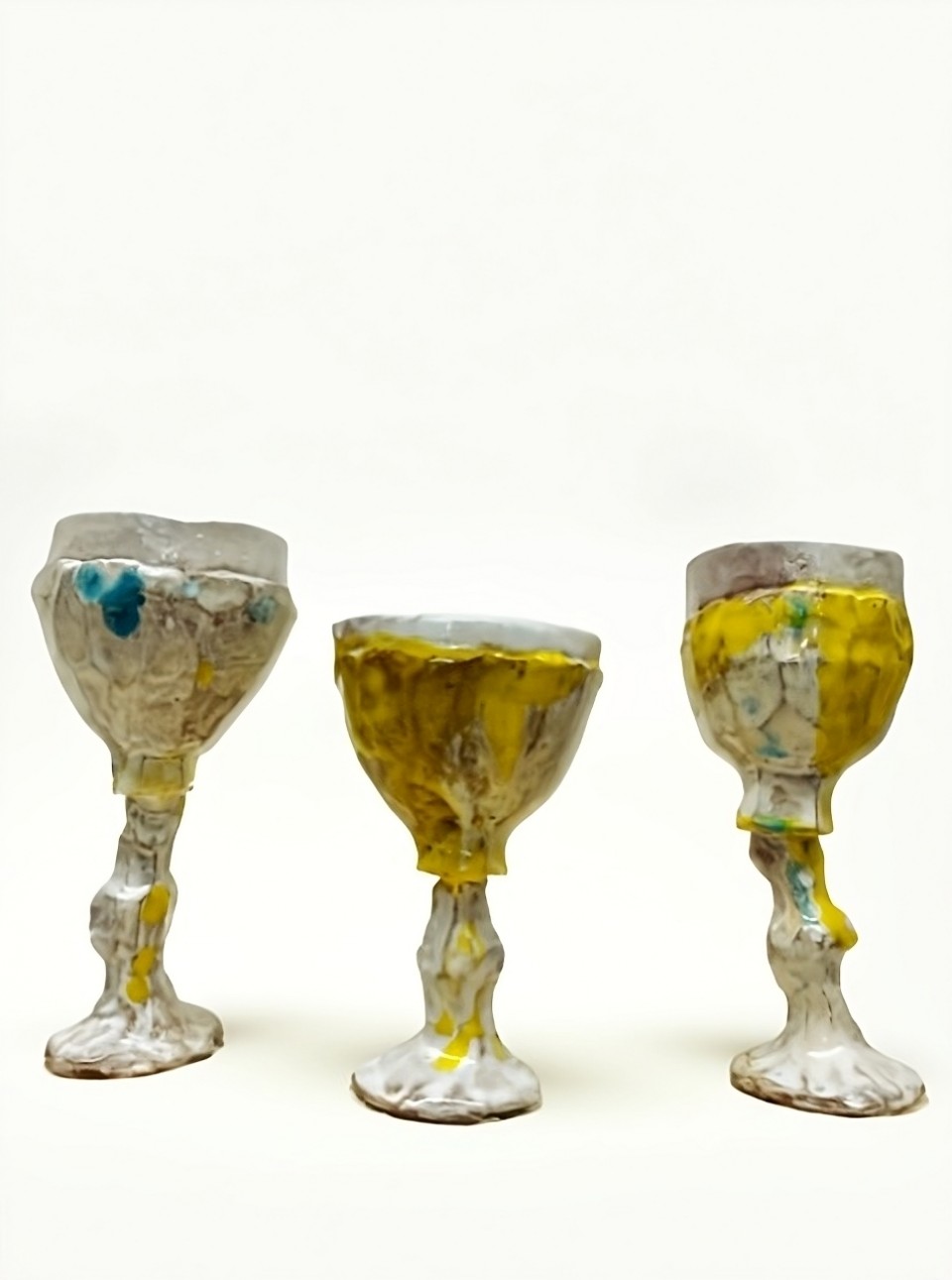
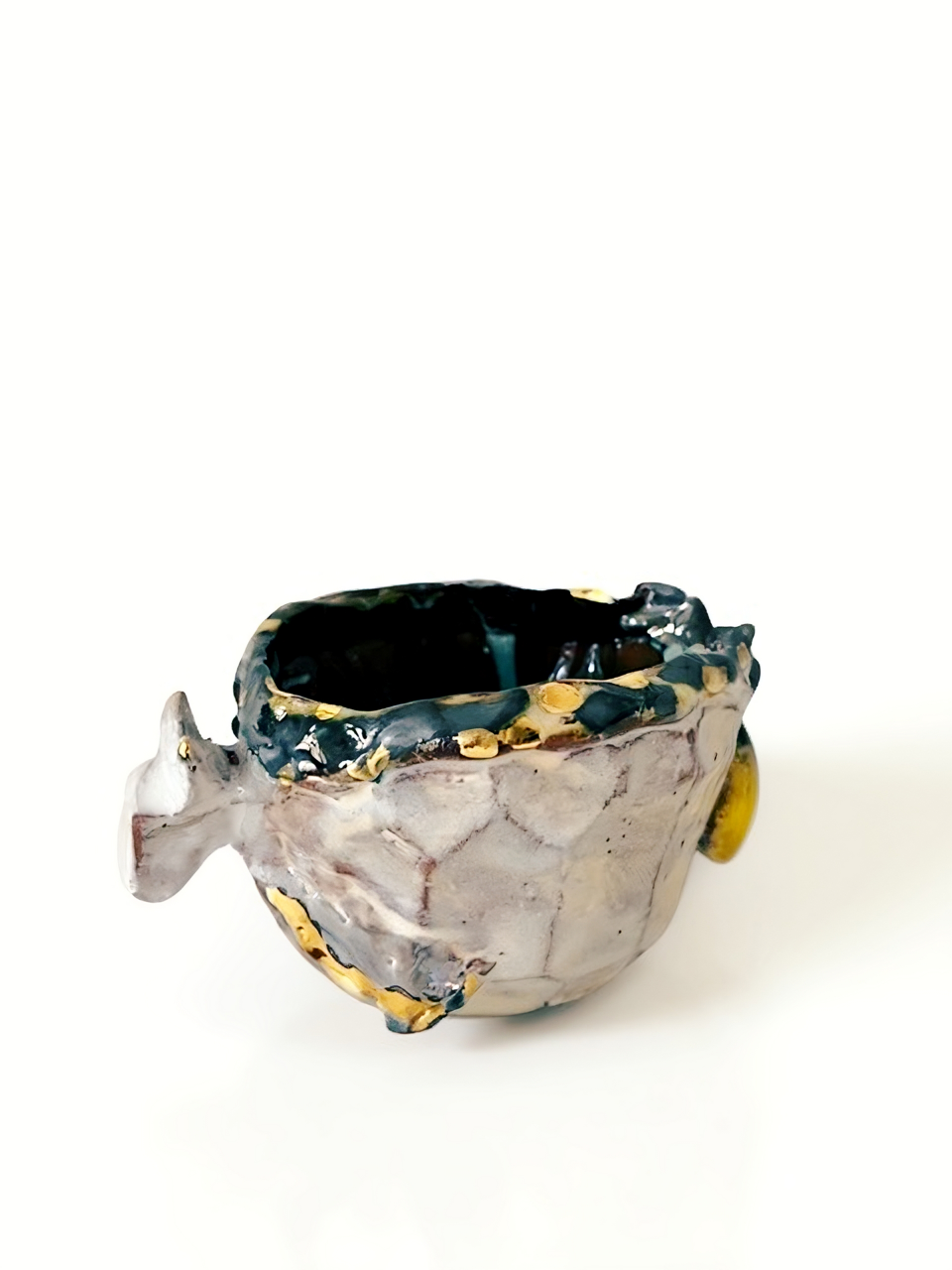


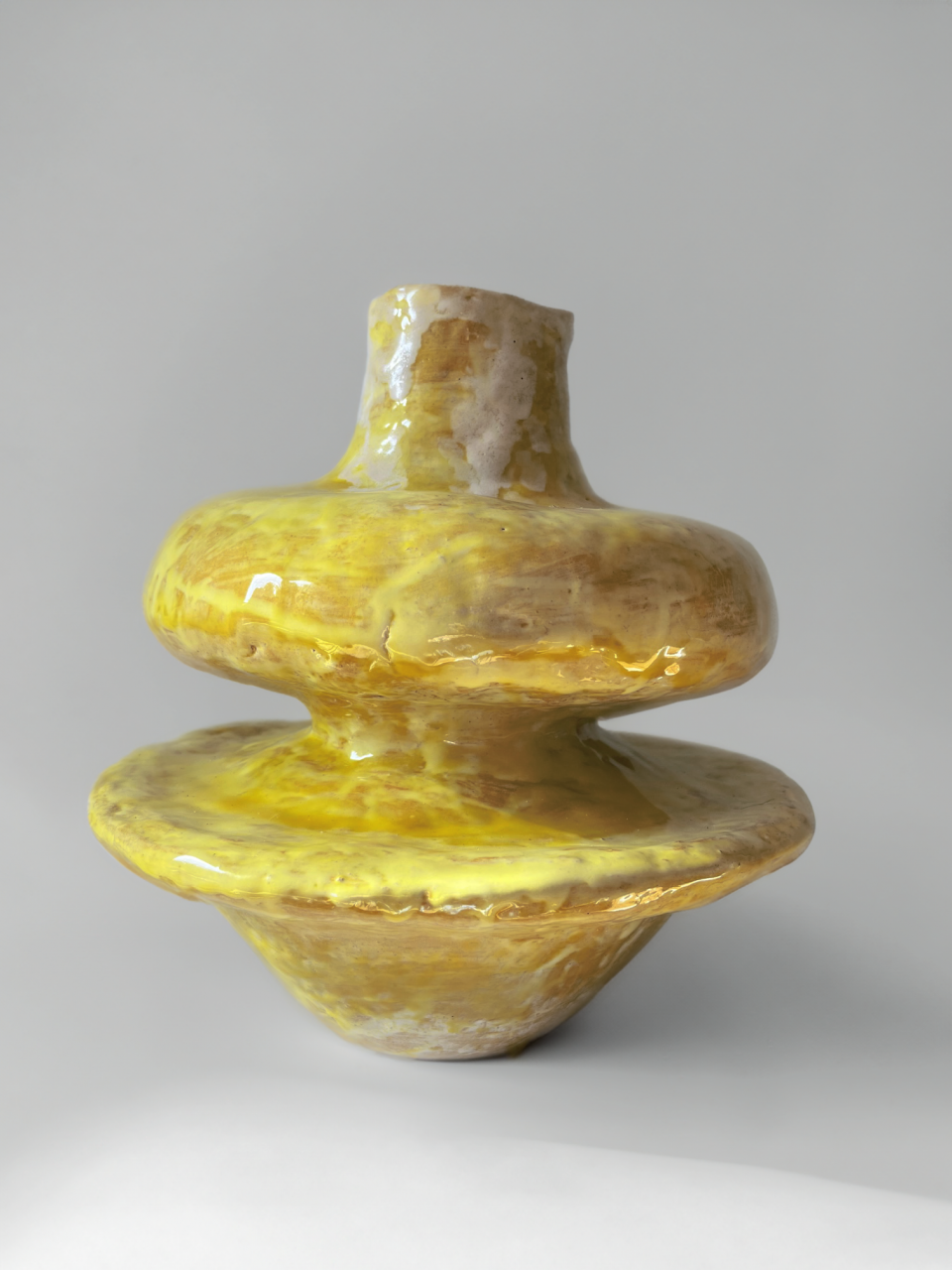
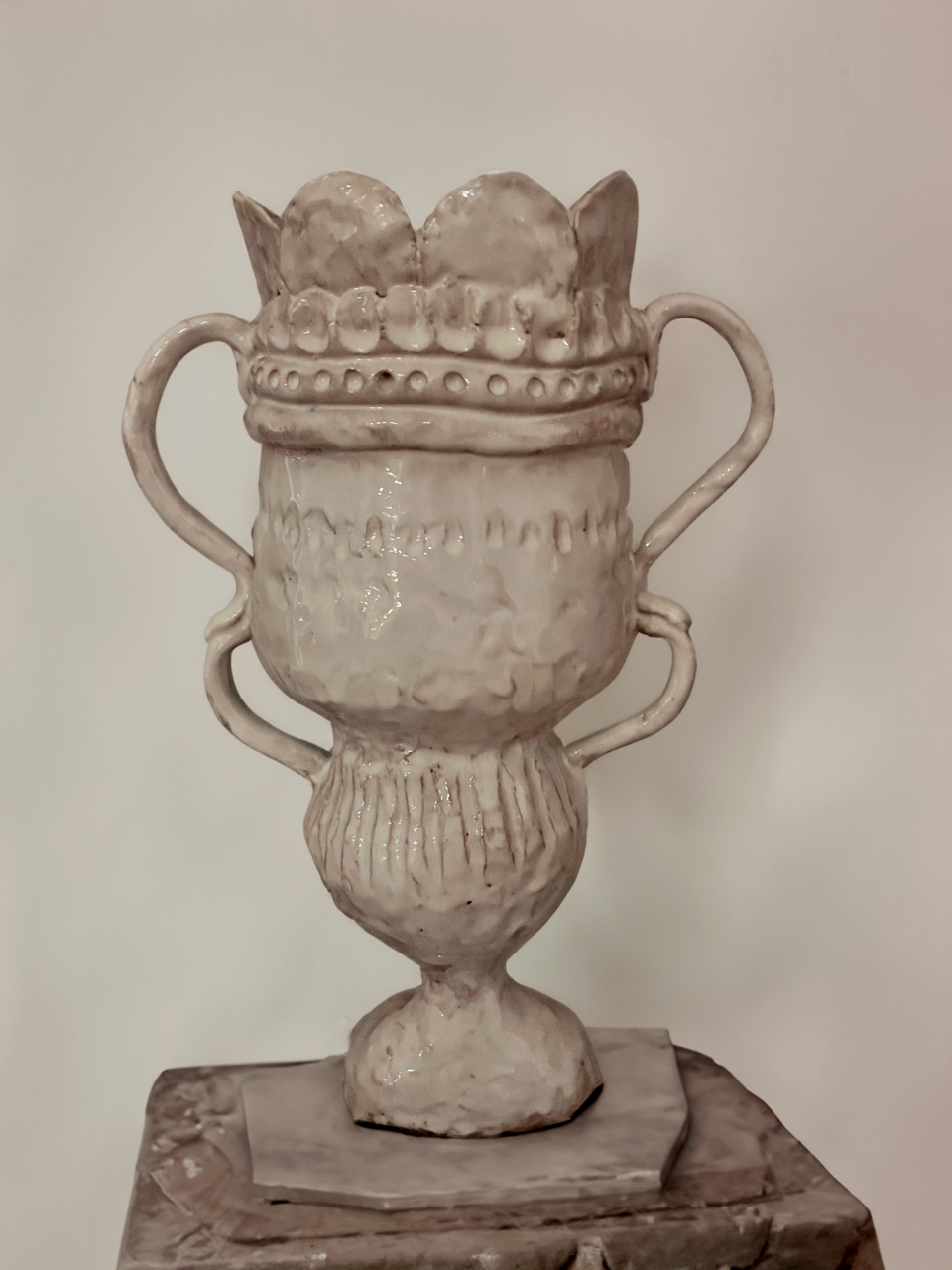
ABOUT
The art of creating ceramics is very unique and special. What techniques and approaches do you employ to achieve the delicate yet “raw” aesthetic in your ceramic artwork? How do you balance these contrasting elements to create such compelling pieces?
Creating ceramic art work has from the moment I started working with clay, been very intuitive for me. I’m a very intuitive person and that’s why the art form suits me and I enjoy it so much. It’s as if the eyes guide the hands and I get into this internalized zone of creation.
I like to learn through experimentation and through studying art pieces, like ceramics, sculpture, paintings, textiles through the ages (Greek, Chinese, Turkish, Japanese, African, Roman, Indian etc). I often make pieces on commission but even when I have a more defined order — with for example a given functional aspect- the ideas normally appear in my head while I work.
The fine balance of delicate and raw has always been a personal preference and a natural tendency, I find it exciting and pretty. To achieve it, you need to understand very well how all your materials (clays, glazes, oxides etc) behave and interact in all aspects and stages of the process. Because of the endless possibilities and combinations of materials in ceramics , the experimentation is endless and the excitement of being able to create new and unexpected results is very satisfying.
Your pieces are all hand-made, no two are the same. They have organic forms often combined with bold colors. What are your main sources of inspiration?
At the moment I’m working with a lot of bold colors but this is not always the case and in fact is changing as we speak. My work goes through phases because I love trying new things new clays, glazes and techniques, this is my nature. I always have new ideas and constantly get inspired by the world around me. The inspiration comes from a wide range of things I find breathtakingly beautiful. For example from traditional Chinese, Japanese, Dutch and Greek ceramics, to Italian and French architecture and design, to Indian textiles and jewelry, all the intricate forms and colors in nature and everyday street life in New York…and much more, the inspiration is endless. All of this and more starts informing my work.
The theme of sharing at the dinner table is a very intimate and personal one: it is a time when our defenses drop and we are more likely to welcome the Other. Can you tell us about your vision regarding the rituality of the table?
I grew up in a large family and we always ate together. My mother is a fantastic and curious cook and always welcomed us to help her and invite friends. When we were grown up and would only come “home to my parents” with our own families for Sundays and were many more people (20-30 at times) it was a ritual that remained and now consisted of wine, cheese, meats, vegetables etc displayed on the large coffee table and for people to pick and eat for hours on end while discussing all things of life, with classic music in the background. Food and eating together has therefore always been really important for me and I have kept this tradition in my own family. Making a pretty table setting with delicious and inviting foods and drinks is something to always look forward to and enjoy with others.
During 5VIE Design Week 2023, as part of the "Prendete e Mangiate" collective exhibition, you presented a set of ceramic tableware objects. What sparked the creative ideas for the pieces you presented? Could you share the process of conceptualizing and translating those ideas into tangible artworks, what was your inspiration?
I was very excited to receive the invitation to part take in the exhibition because it really spoke to me. Most of my work is functional because I’ve always loved actually using ceramic “art” pieces and not just looking at them and love the idea of other people cherishing mine. The patina it creates over time, it becomes more beautiful and I feel you look at it more intently and in a different way when you actually use and touch a piece. The team at 5Vie had selected some images of pieces they wanted to show, among which some wine chalices, but I didn’t have any of them anymore. However, I actually love making wine chalices because I adore drinking wine and making the chalices because when I create them they become like little sculptures,
As said before I love getting inspiration from different cultures and then mixing them in a mish mash. The wine chalices I were made from terra cotta clay but then carved with the Japanese Kuri Nuki technique. Subsequently I used majolica white time glaze and colored glazes. This technique historically came from the Moors who were trying to imitate Chinese porcelain. It became popular in Italy by way of Spain. I love giving it my own contemporary interpretation by using and mixing it all.
RELATED PROJECTS
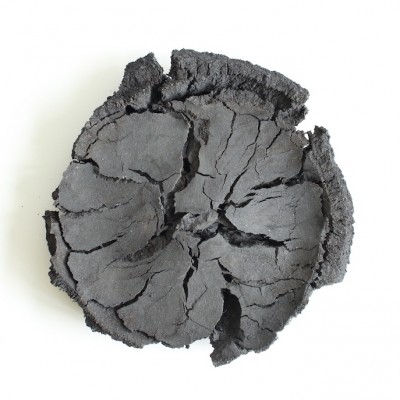
Exploding Plates
by Adam Knoche
category collectible design
town Dallas, TX
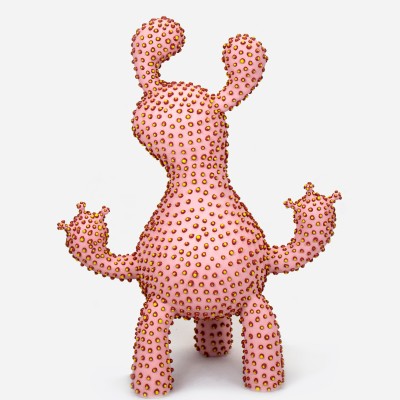
Ciao Mr. Ettore
by Ahryun Lee
category collectible design
town Essenbach, Germany
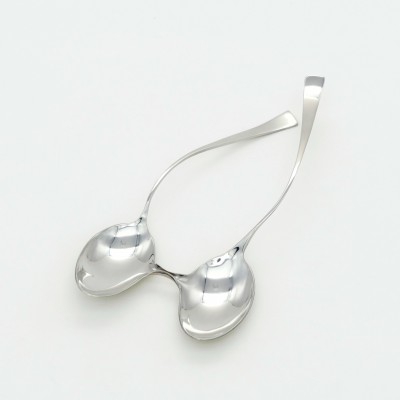
art spoons
by Haley Bates
category collectible design
town Fort Collins, Colorado
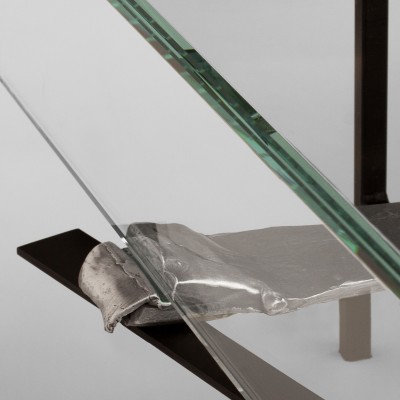
Static Fragility #1
by Grace Prince
category collectible design
town Milan / Zurich
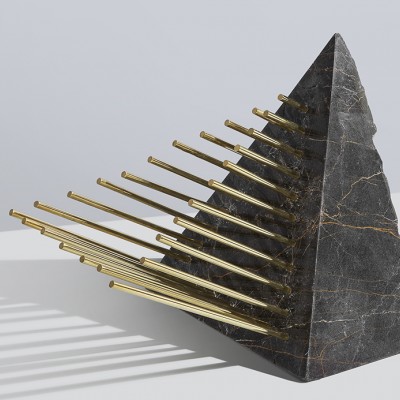
Objects
by Elham Nejati
category collectible design
town Teheran
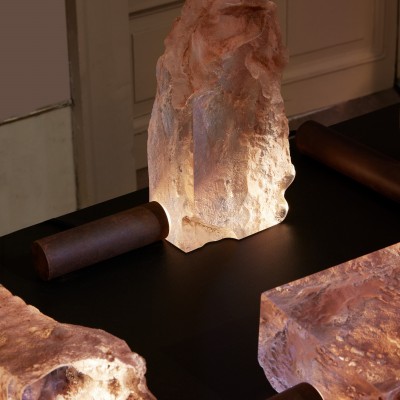
Solid Sand
by Milena Kling
category collectible design
town Berlin
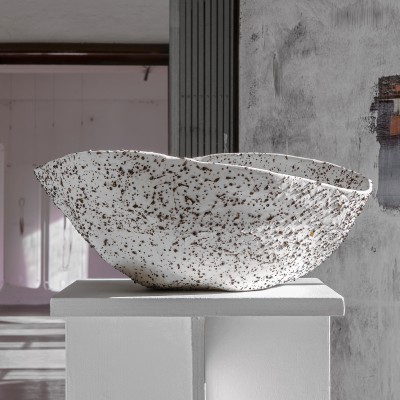
Telluride
by Tellurico
category collectible design
town Eindhoven

